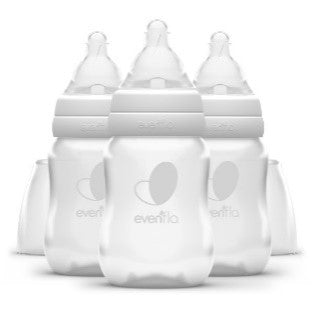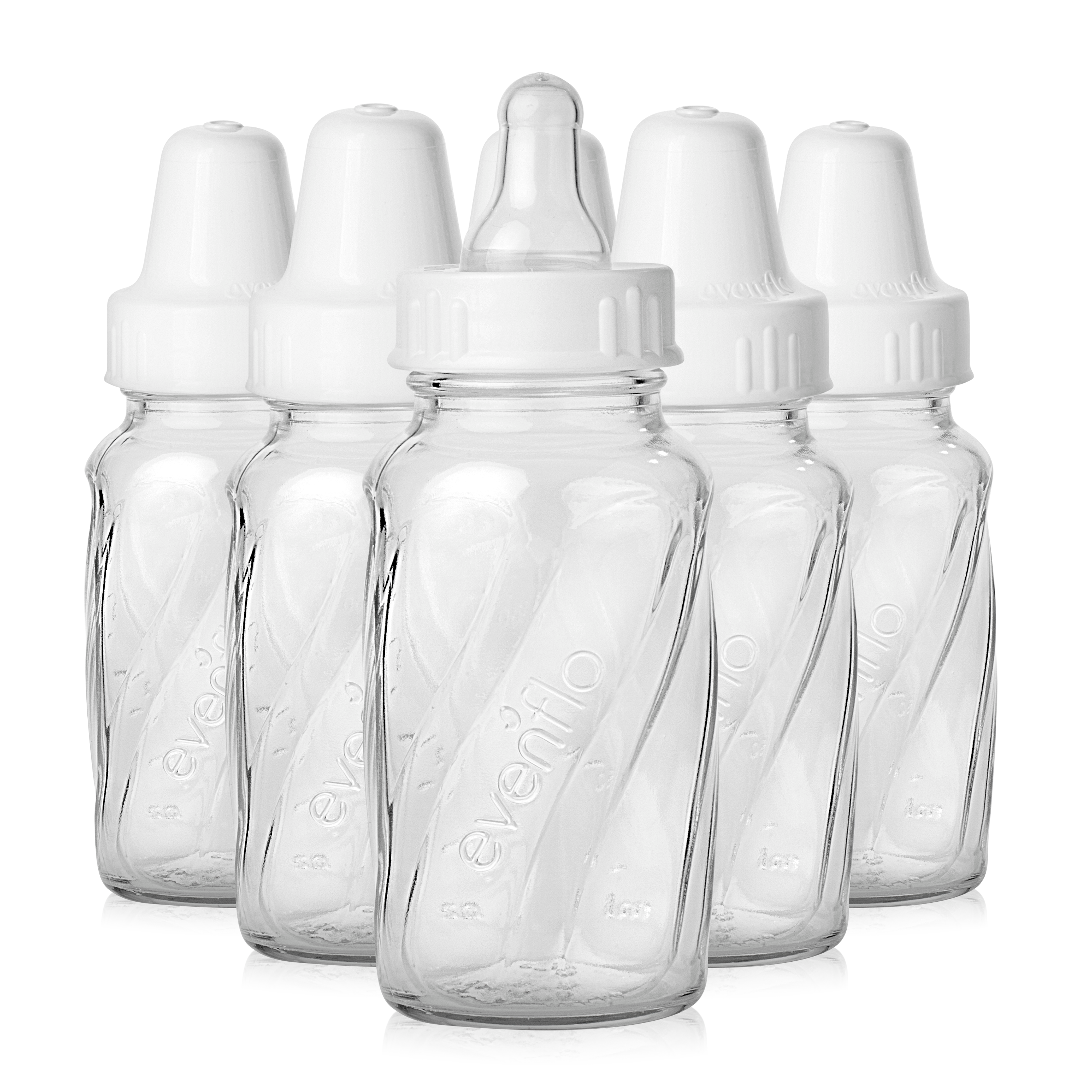
Storing Your Breast Milk

Are you familiar with the saying, “Don’t cry over spilled milk?” Whoever wrote that clearly wasn’t breastfeeding.
Moms DO cry over spilled milk. It takes a lot of time and effort to express milk, and our babies are depending on our milk. Moms also cry when they have to throw out milk they think might be too old to use.
There is a lot of information to unpack surrounding milk storage. But to get you started, here’s a list of general timelines:
ROOM TEMPERATURE
Freshly expressed breast milk can be left at room temperature and fed to your baby within 4 hours of expressing. Most babies will accept room temperature milk as is, with no need for warming. Win! A bigger win, though, is that nutrients in breast milk are optimal when the milk doesn’t go through temperature changes of cooling and warming. If you are expressing milk for the next feeding, leave it at room temperature.
REFRIGERATOR
Your breast milk can be stored safely in the refrigerator for 4 days. A little longer (5 – 7 days) is okay, too, for a healthy, term baby. When you store milk in the refrigerator, plan to keep it in the back of fridge, far away from the door where temperatures fluctuate. If you find that you are not going to use the refrigerated milk within 4 days, freeze it.
FREEZER
Breast milk can be stored in the freezer for a long time—6 months is best, but up to 12 months is okay. Use the same location rule as for the refrigerator—store your milk in the back of the freezer, away from the door where temperatures fluctuate.
Any time you store breast milk, think, “Label, label, label.” The exception is leaving a bottle at room temperature—write the time on a sticky note rather than labeling the bottle. If you find you aren’t going to use it within 4 hours, label it and pop it in the fridge. If you are putting a bottle directly into the refrigerator or freezer, you can label the bottle by writing the date on masking tape to put on the bottle or tape a sticky note to the bottle. Breast milk storage bags are easiest to label and store (particularly for long term freezer storage), plus this option frees up your bottles for pumping and/or feeding.
Labeling prevents the need to throw out milk that might be too old to use, and the crying that ensues. Don’t let your hard work—and the milk that goes with it—go to waste.








